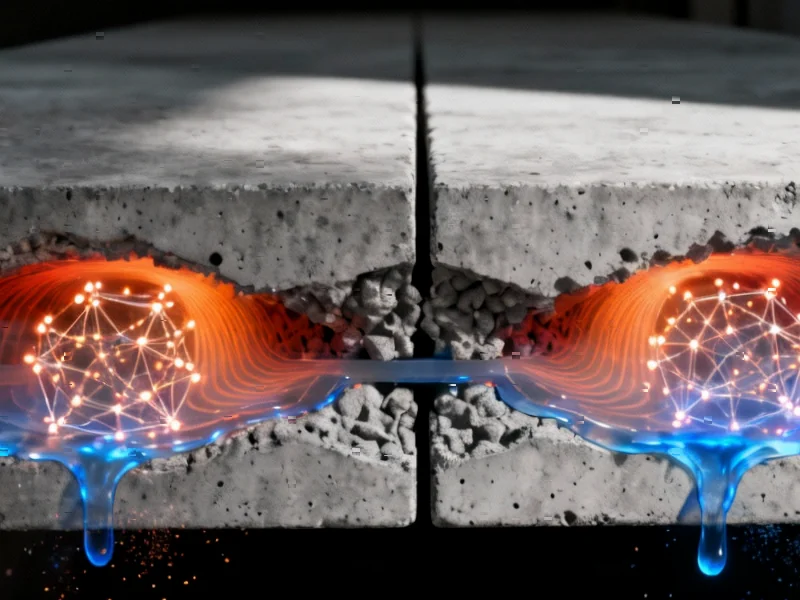Advanced Simulation Technique Reveals Concrete Pavement Void Dynamics and Repair Mechanisms
A groundbreaking study using coupled finite element and discrete element modeling has uncovered the microscopic mechanisms behind void formation in concrete pavements. The research demonstrates how advanced simulation techniques can predict stress distribution and crack propagation, potentially revolutionizing pavement maintenance strategies. Validation against laboratory tests confirms the accuracy of these computational models for infrastructure assessment.
Novel Computational Approach to Pavement Analysis
Engineering researchers have developed an advanced simulation technique that reveals the complex mechanisms behind void formation in concrete pavement slabs, according to recent reports in Scientific Reports. The study employs a coupled Finite Element Method-Discrete Element Method (FEM-DEM) approach to analyze both macro and micro-scale behaviors in pavement systems. Sources indicate this methodology represents a significant advancement in infrastructure modeling, potentially leading to more effective maintenance strategies and extended pavement lifespan.

